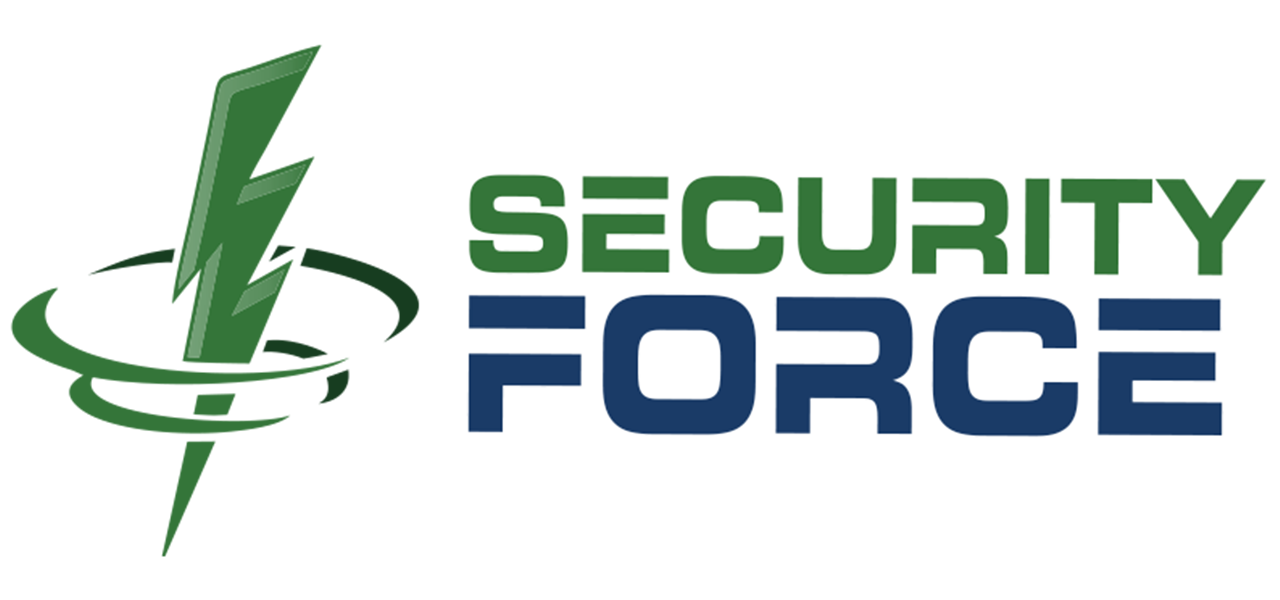The Benefits of Integrating AI-Driven Video Analytics into Surveillance
In today’s security landscape, organizations are increasingly turning to artificial intelligence (AI) to enhance video surveillance. AI-driven video analytics leverage machine learning algorithms and deep learning models to analyze vast amounts of video footage in real-time, providing greater efficiency, accuracy, and situational awareness. Here’s how integrating AI-driven video analytics into surveillance can benefit businesses and security operations.
1. Real-Time Threat Detection and Alerts
Traditional surveillance systems rely on manual monitoring, which can lead to missed security threats due to human error or fatigue. AI-driven video analytics automate this process by:
- Identifying suspicious activities, unauthorized access, or unusual behavior in real-time.
- Sending instant alerts to security personnel for immediate response.
- Reducing false alarms through advanced object recognition and anomaly detection.
2. Improved Accuracy and Efficiency
AI-powered analytics can distinguish between normal and suspicious activities with higher precision than traditional surveillance methods. Benefits include:
- Identifying specific objects, such as weapons or unattended bags, with minimal false positives.
- Recognizing patterns in behavior to predict potential security breaches.
- Automatically filtering through hours of footage to extract relevant incidents, reducing manual review time.
3. Enhanced Facial Recognition and Identity Verification
AI-driven surveillance enhances access control and identity verification by:
- Matching faces against databases of authorized personnel or watchlists.
- Detecting unauthorized individuals in restricted areas.
- Improving accuracy in identifying persons of interest across multiple locations.
4. Perimeter Security and Intrusion Detection
AI-based video analytics improve perimeter security by:
- Detecting motion and unauthorized presence in secure zones.
- Differentiating between animals, vehicles, and human intruders to minimize false alarms.
- Integrating with alarm systems and automated responses for enhanced security protocols.
5. Crowd Monitoring and Behavior Analysis
For large-scale events and public spaces, AI video analytics provide:
- Real-time crowd density monitoring to prevent overcrowding and ensure public safety.
- Identification of aggressive or erratic behavior before incidents escalate.
- Automated tracking of individuals across multiple camera feeds for comprehensive situational awareness.
6. Crime Prevention and Law Enforcement Support
AI-driven surveillance assists law enforcement and security teams by:
- Recognizing criminal activity patterns based on historical data.
- Providing forensic analysis to aid investigations.
- Assisting in traffic monitoring and accident detection to improve public safety.
7. Cost Savings and Resource Optimization
Automating surveillance tasks with AI-driven analytics reduces operational costs by:
- Minimizing the need for large teams of human security personnel.
- Reducing the time spent reviewing and analyzing footage manually.
- Allowing for proactive responses that prevent costly security incidents.
8. Integration with Smart Security Systems
AI-powered video analytics seamlessly integrate with other security technologies, such as:
- Access control systems for enhanced authentication and entry monitoring.
- IoT-connected devices to provide a comprehensive security ecosystem.
- Cloud-based storage solutions for remote access to security footage and insights.
Conclusion
Integrating AI-driven video analytics into surveillance provides enhanced security, improved efficiency, and cost savings. By leveraging AI’s ability to analyze video footage in real-time, organizations can detect threats faster, reduce human error, and make data-driven security decisions. As AI technology continues to evolve, its role in video surveillance will only become more essential in creating safer environments.

